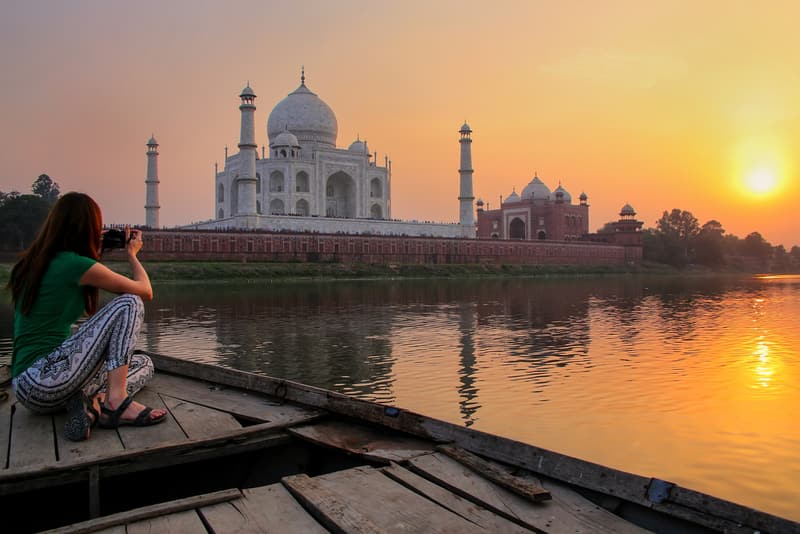If you visit, you’ll find cows, donkeys, dogs, pigs, goats, and other animals receiving wonderful care from a dedicated team of volunteers, veterinarians, and paid staff from the local community. I’ve visited Animal Aid four times now, and I always head to the enclosure for dogs that have been partially paralyzed. I could sit in that enclosure for hours, hanging out with these energetic dogs that seem truly excited to be in this special place.
Animal Aid is a great spot to visit, either for a tour by one of the staff (which they are happy to do) or even to volunteer. Short-term and long-term volunteers are always welcome with open arms.
Located near Badi Village (8km from Udaipur). Expect to pay around 350 INR for a rickshaw there (return). Just make sure to arrange your ride back before coming as there are no rickshaws available at the sanctuary so you need to arrange transportation before visiting. animalaidunlimited.org.
























